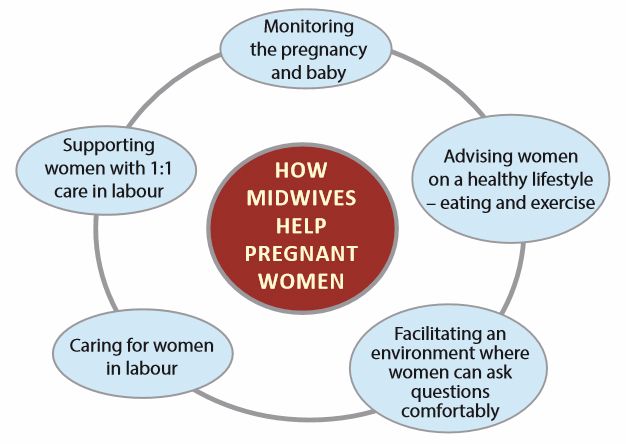

Globally, every year, over 5,00,000 women, a quarter of them Indians, die of pregnancy related causes. The number of infants dying at birth, or soon after, are many times more. Most of these lives could be saved if they had access to timely, affordable and quality maternity care.
India has so far not had a comprehensive programme to train Professional Midwives to take over the management of ‘normal’ pregnancy and birth, working alongside obstetricians who can concentrate on ‘high risk’ pregnancy and birth. Midwives in many other countries have carried out this role effectively, and have been responsible for (among other things) helping make drastic and enduring reductions in maternal mortality, promoting woman-centred, more ‘natural’ and less medicalized maternity care, and improving women’s satisfaction with care. Midwifery of a high standard is needed very much in our country, where the maternal mortality rate remains high, inequalities are major, the quality of care is highly variable, and dignity for women in labour is often absent.
A midwife is a person who has successfully completed a midwifery education programme that is recognised in the country where it is located and that is based on the ICM Essential Competencies for Basic Midwifery Practice and the framework of the ICM Global Standards for Midwifery Education; who has acquired the requisite qualifications to be registered and/or legally licensed to practice midwifery and use the title ‘midwife’; and who demonstrates competency in the practice of midwifery.
The midwife is recognised as a responsible and accountable health care professional who works in partnership with women to give the necessary support, care and advice during pregnancy, labour and the postpartum period; to conduct births and to provide care for the newborn and the infant. This care includes preventative measures, the promotion of normal birth, the detection of complications in mother and child, the accessing of medical care or other appropriate assistance and the carrying out of emergency measures.
The professional midwife has an important task in health counselling and education, not only for the woman, but also for the family and the community. This work should involve antenatal education and preparation for parenthood and may extend to women’s health, (sexual or reproductive health) and child care. A midwife may practise in any setting, including the home, community, hospitals, clinics or health units.

During Pregnancy : She offers regular antenatal care and advises the mother on diet and exercise. She educates the couple on labour, positions in labour and helps write a birth plan. Midwives provide the much needed environment for women to comfortably ask questions.
During Labour : The midwife will support and help the patient. Her role includes helping the woman to give birth in the way that she would like, and to monitor her health and that of her baby. She can help women get into positions that are comfortable and will help labour progress, while she suggests ways of coping with contractions.
At Fernandez, midwives have the full support of the obstetric team. If working in a community, the midwife is trained to recognize a problem and refer to a higher centre on time. This is why we believe midwives save lives.
Research evidence shows that care from midwives is as safe as care from obstetricians caring for women with comparable low risk uncomplicated pregnancies. In other words the number of babies who needed to be resuscitated at birth or who needed to be admitted to intensive care was the same in both groups. Randomised studies available also show other benefits, such as: increased satisfaction, a shorter labour, lower need for pain relief in labour, higher rates of normal births and a lower need for a caesarean section.
“Midwife-led continuity of care was associated with several benefits for mothers and babies, and had no identified adverse effects compared with models of medical-led care. The main benefits were a reduction in the use of epidurals, with fewer episiotomies or instrumental births. Women’s chances of being cared for in labour by a midwife she had got to know, and having a spontaneous vaginal birth were also increased. There was no difference in the number of caesarean births. All trials included licensed midwives, and none included lay or traditional midwives. No trial included models of care that offered out-of-hospital birth.
The review concludes that most women should be offered midwife-led continuity models of care, although caution should be exercised in applying this advice to women with substantial medical or obstetric complications.”
Sandall J, Soltani H, Gates S, Shennan A, Devane D. Midwife-led continuity models versus other models of care for childbearing women, Cochrane Database of Systematic Reviews 2015, Issue 9. Art, No.: CD004667, DOI: 10.1002/14651858. CD004667. pub4.